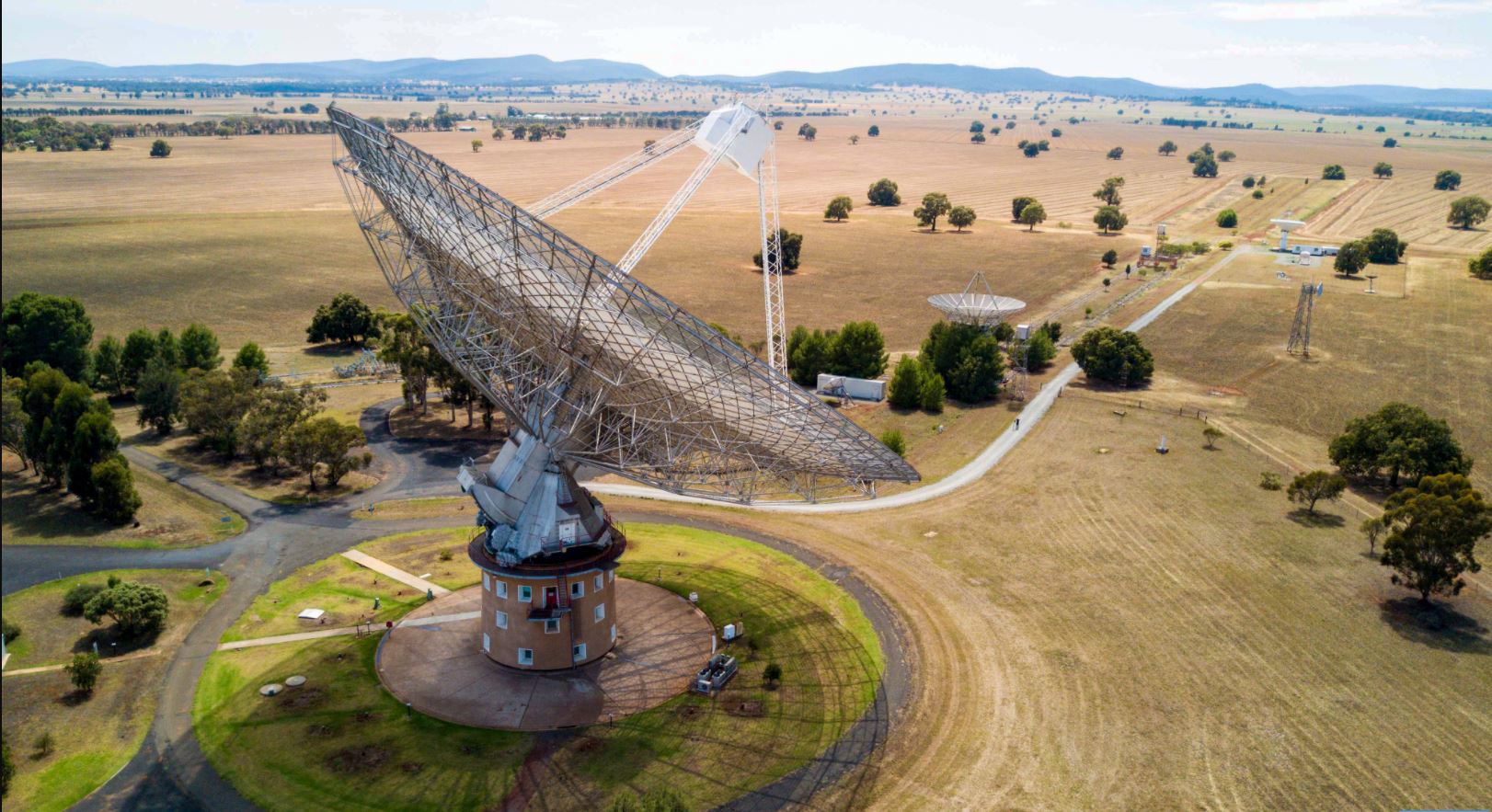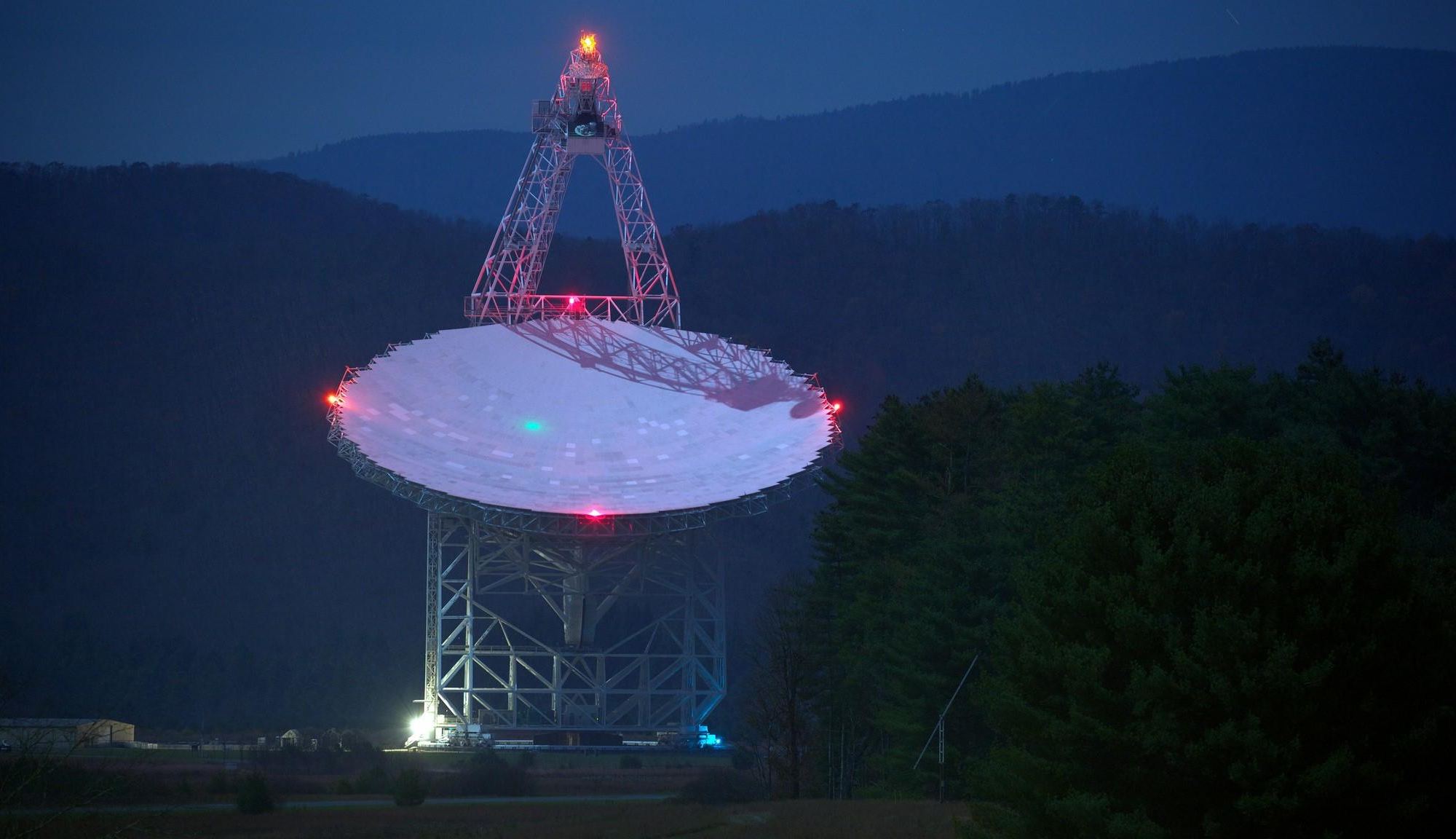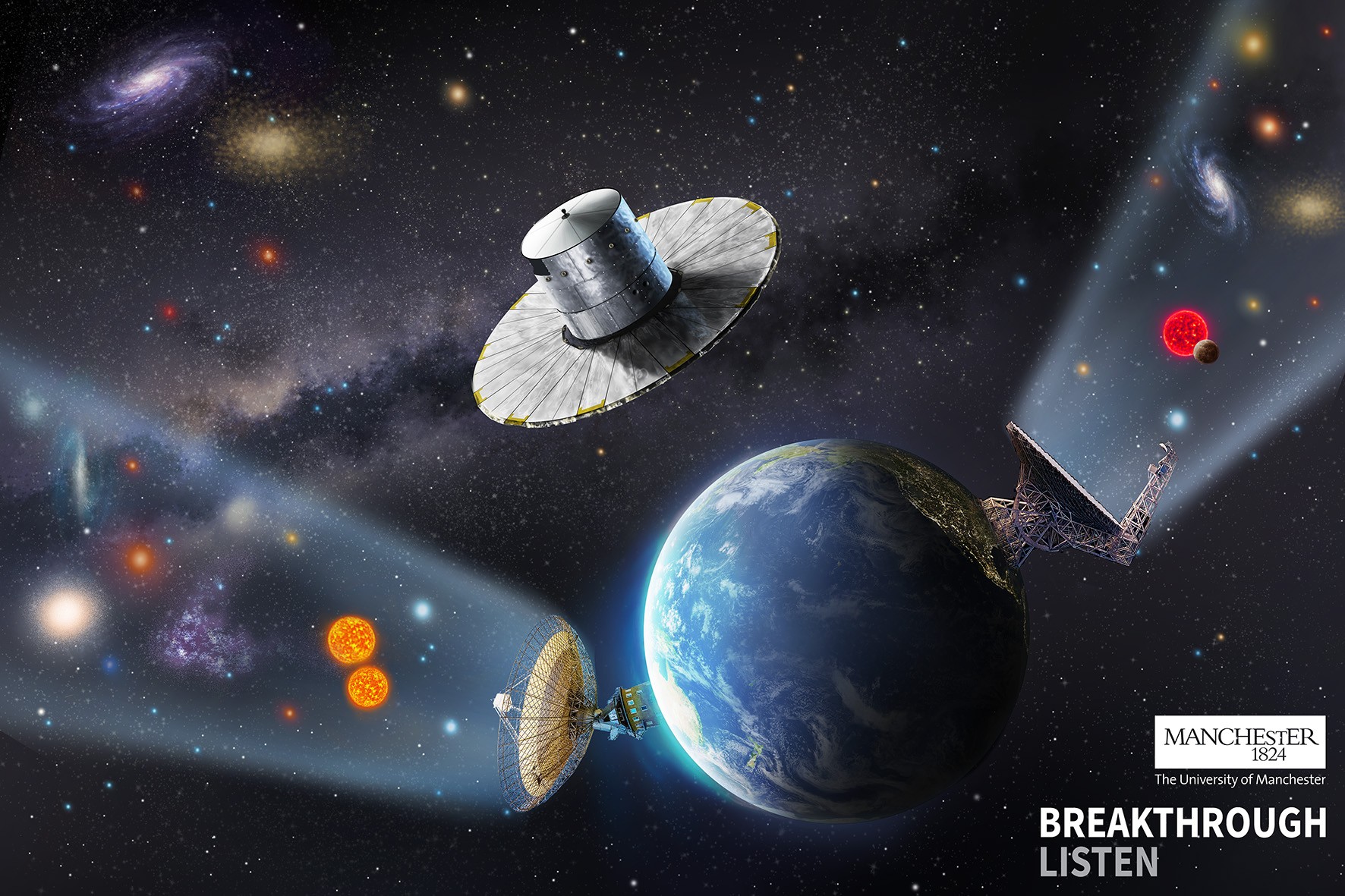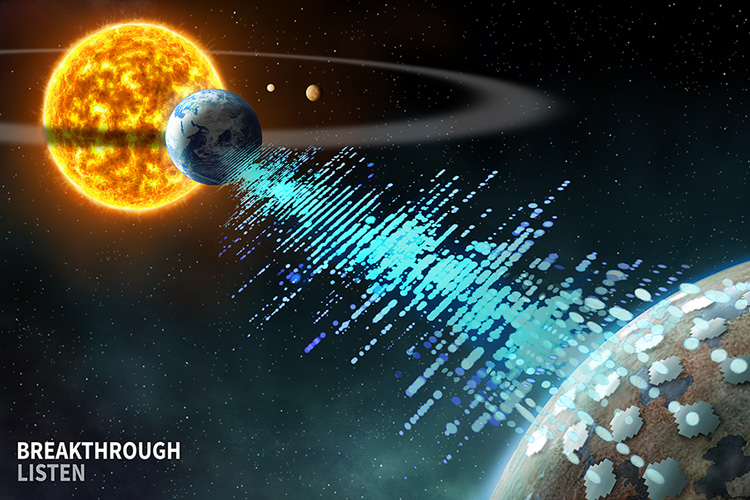Breakthrough Listen, a privately funded project seeking evidence of extraterrestrial intelligence, has started operations on the MeerKAT radio telescope array in South Africa. Over the next two years, the team will search over a million nearby stars, expanding the number of targets observed by a factor of 1000.
Continue reading “One of the World's Biggest Radio Telescopes is Hunting for Signals From Extraterrestrial Civilizations”The Radio Signal From Proxima Centauri Came From Earth After All
Turns out we were hearing ourselves! Earth can be a noisy place when listening to stars.
Late last year, a story was leaked indicating that the Murriyang radio telescope in Australia had detected a “signal-of-interest”. Dubbed “blc1” (Breakthrough Listen Candidate 1), the signal appeared to originate from the direction of Proxima Centauri, the closest neighbouring star to the Sun. The signal had yet to be fully analyzed when the story was leaked. Now that the analysis is complete, research shows blc1 is in fact “RFI” – radio frequency interference – and not an interstellar signal.
But while it’s not aliens – or “Proxima Centaurians” as lead author on the signal analysis Dr. Sofia Sheikh whimsically refers to them – new methodologies for conducting radio-based SETI (Search for Extraterrestrial Intelligence) have been developed by analyzing blc1; further honing our ability to distinguish future potential ET signals from our own planet.

60 Years Later, is it Time to Update the Drake Equation?

On November 1st, 1961, a number of prominent scientists converged on the National Radio Astronomy Observatory in Green Bank, West Virginia, for a three-day conference. A year earlier, this facility had been the site of the first modern SETI experiment (Project Ozma), where famed astronomers Frank Drake and Carl Sagan used the Green Bank telescope (aka. “Big Ear”) to monitor two nearby Sun-like stars – Epsilon Eridani and Tau Ceti.
While unsuccessful, Ozma became a focal point for scientists who were interested in this burgeoning field known as the Search for Extraterrestrial Intelligence (SETI). As a result, Drake and Sagan were motivated to hold the very first SETI conference, wherein the subject of looking for possible extraterrestrial radio signals would be discussed. In preparation for the meeting, Drake prepared the following heuristic equation:
N = R* x fp x ne x fl x fi x fc x L
This would come to be known as the “Drake Equation,” which is considered by many to be one of the most renowned equations in the history of science. On the sixtieth anniversary of its creation, John Gertz – a film producer, amateur astronomer, board-member with BreakThrough Listen, and the three-term former chairman of the board for the SETI Institute – argues in a recent paper that a factor by factor reconsideration is in order.
Continue reading “60 Years Later, is it Time to Update the Drake Equation?”Breakthrough Listen Searched for Signals From Intelligent Civilizations Near the Center of the Milky Way
The Breakthrough Listen project has made several attempts to find evidence of alien civilizations through radio astronomy. Its latest effort focuses attention on the center of our galaxy.
Continue reading “Breakthrough Listen Searched for Signals From Intelligent Civilizations Near the Center of the Milky Way”According to the Math, it’s Highly Unlikely That an Intelligent Civilization is Located at Alpha Centauri
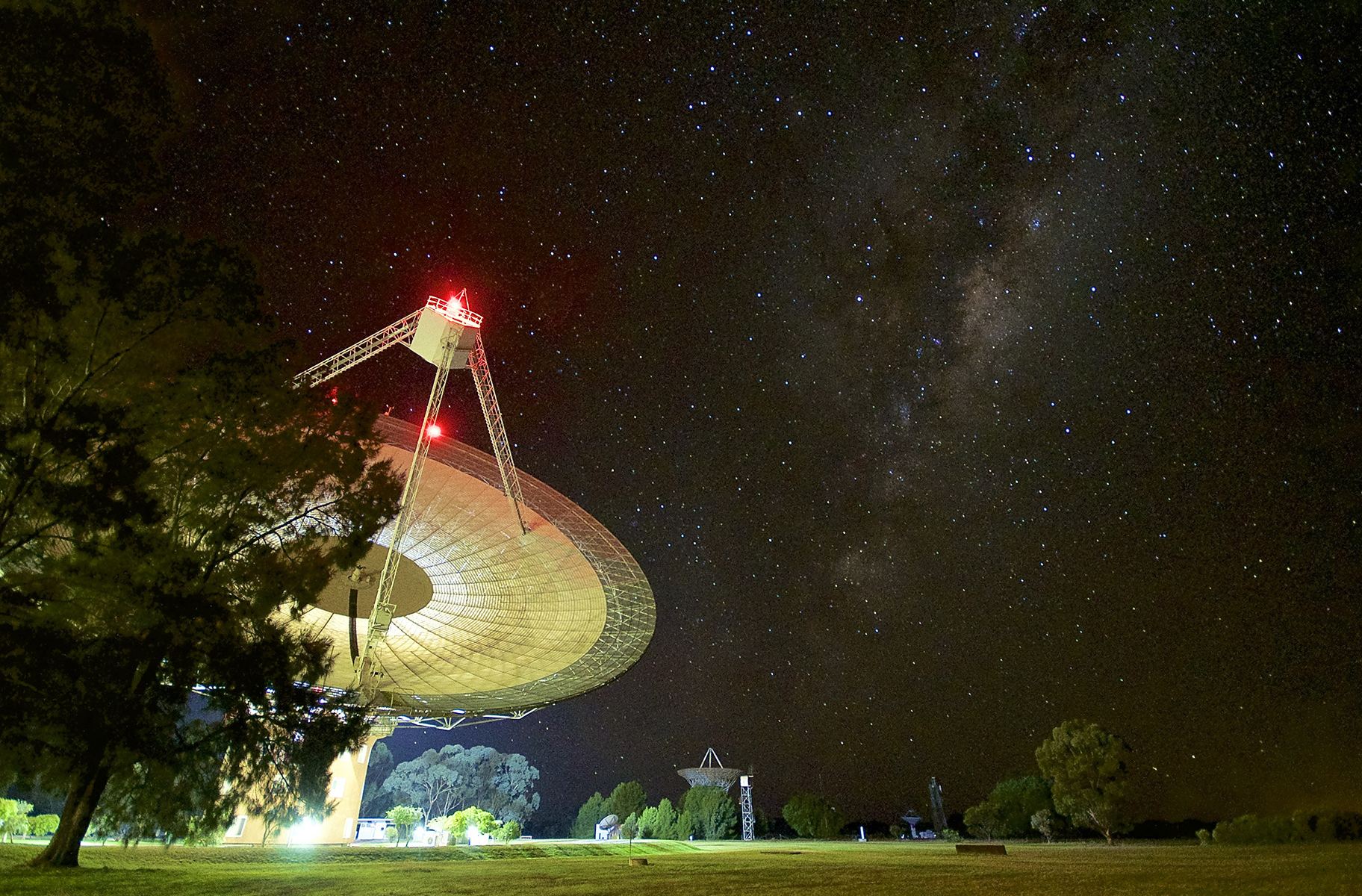
In December of 2020, the world got a bit of a pre-holiday surprise when it was announced that astronomers at the Parkes radio telescope in Australia had detected a “tantalizing” signal coming from Proxima Centauri (the red dwarf companion of the Alpha Centauri system). Afterward, researchers at Breakthrough Listen consulted the data on the signal – Breakthrough Listen Candidate 1 (BLC1) – and noted the same curious features.
However, the scientific community has since announced that the signal is unlikely to be anything other than the result of natural phenomena. This was also the conclusion reached by Amir Siraj and Prof. Abraham Loeb of Harvard University after they conducted a probability assessment on BLC1. Like the vast majority of candidate radio signals discovered to date, this one appears to be just the forces of nature saying hello.
Continue reading “According to the Math, it’s Highly Unlikely That an Intelligent Civilization is Located at Alpha Centauri”A Very Interesting Radio Signal was Just Detected Coming from Proxima Centauri

There’s a powerful scene in the movie “Contact” (one of my favs) where lead character Ellie Arroway is sitting among an array of telescopes and hears the first alien signal – an ominous pulse – received by humanity. She races back to the control center where the array is pointed off target and then back to verify the signal. Contact is made. Shortly after, a message is found in the signal and we’ve confirmed the existence of alien life!
Ellie Arroway was inspired by a real-life pillar of the SETI community, Dr. Jill Tarter. I had the privilege of interviewing Jill Tarter last year and asked about that scene. She laughed saying “There’s not a lot of sitting around with headphones on. It’s not really that simple.” When it comes to analyzing signals from the stars for alien life, distinguishing a potential alien message from the noise of our own planet is quite complicated.
Excitingly, we’re watching that analysis play out right now as a signal which appears to originate from our closest neighbour star, Proxima Centauri, was recently detected by the Breakthrough Listen Project
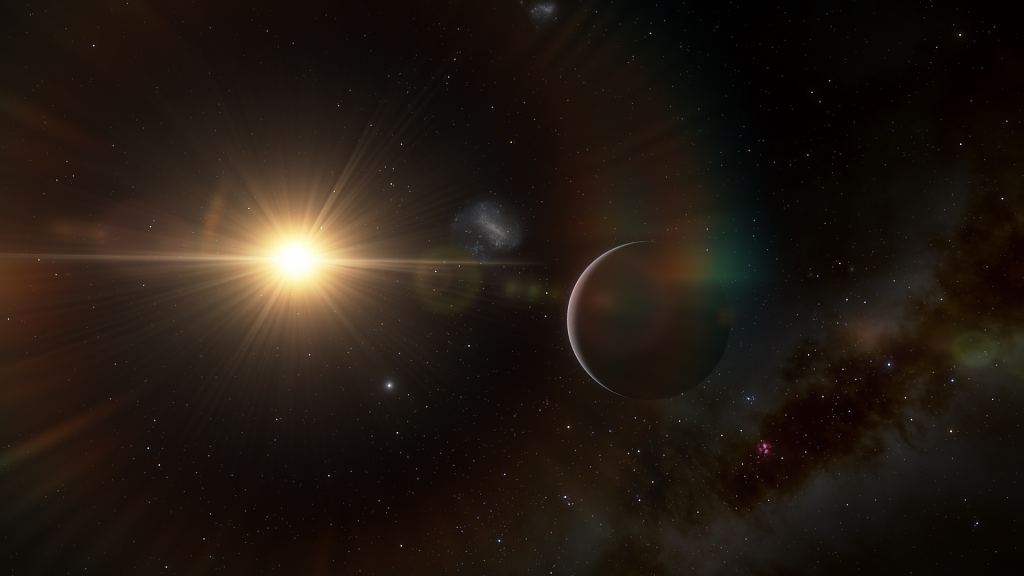
Astronomers Will Be Able to Use the World’s Biggest Radio Telescope to Search for Signals from Extraterrestrial Civilizations
Back in April, we reported on how a collaboration between the Chinese Academy of Sciences, the Breakthrough Listen Initiative, and the SETI Institute planned to use the new Five-hundred-meter Aperture radio Telescope (FAST) to search for signs of extraterrestrial life. We now caught up with another of the project scientists to flesh out some more details of their observational plans and what observations they hope to make in the future.
Continue reading “Astronomers Will Be Able to Use the World’s Biggest Radio Telescope to Search for Signals from Extraterrestrial Civilizations”Extraterrestrial Hunters Figure Out a Way to Expand Their Search for Signals by a Factor of 200
In 2015, Russian-American billionaire Yuri Milner established Breakthrough Initiatives, a non-profit organization dedicated to advancing space exploration. Central to this effort is Breakthrough Listen, a ten-year international research program dedicated to the Search for Extraterrestrial Intelligence (SETI) and the largest and most sophisticated effort to find intelligent life beyond Earth to date.
In the past five years, the project has made two major data releases (in the June of 2019 and February of 2020) and announced that it found no signs of alien transmissions from the 1,327 nearest star systems. But thanks to an analytical breakthrough recently proposed by researchers from the University of Manchester, it looks as though Breakthrough Listen’s search efforts could be expanded by a factor of more than 200!
Continue reading “Extraterrestrial Hunters Figure Out a Way to Expand Their Search for Signals by a Factor of 200”Breakthrough Listen Releases its one-of-Everything “Exotica” Catalog
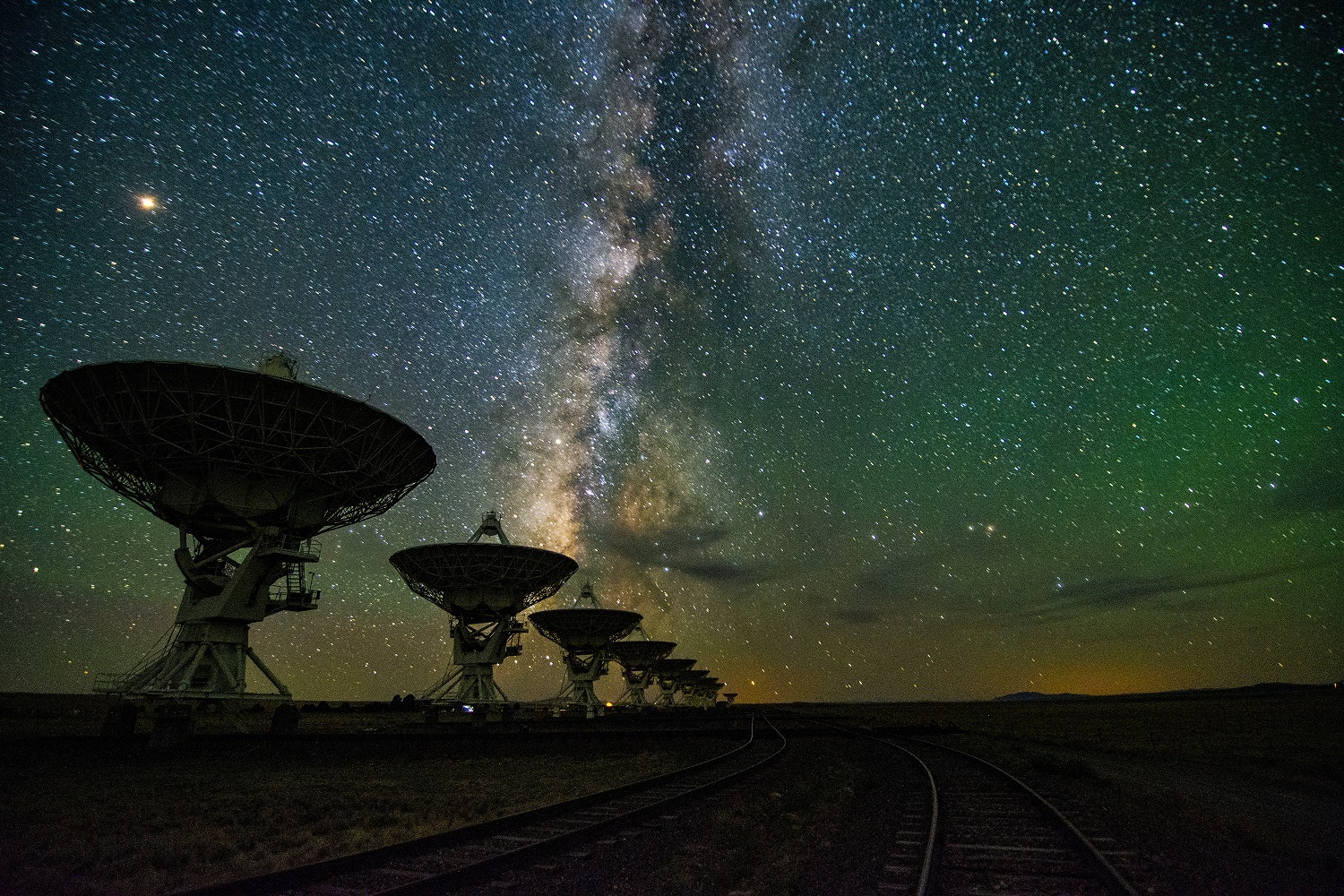
In July of 2015, Breakthrough Initiatives announced that it was embarking on a ten-year initiative to conduct the largest Search for Extraterrestrial Intelligence (SETI) to date. This initiative was aptly named Breakthrough Listen, which combines state-of-the-art software and data obtained by premier observatories around the world to look for signs of extraterrestrial technological activity (aka. technosignatures).
In recent years, Breakthrough Listen has made two major releases of data, and announced a lucrative collaboration with NASA’s Transitting Exoplanet Survey Satellite (TESS) mission. And most recently, Breakthrough Listen announced the release of their catalog of “Exotica” – a diverse list of objects that could be of interest to astronomers that are searching for signs of technosignatures and extraterrestrial intelligence (ETI).
Continue reading “Breakthrough Listen Releases its one-of-Everything “Exotica” Catalog”SETI Researchers Release Petabytes of Data in the Search For Aliens
Last week (Friday. Feb. 14th), the Breakthrough Listen Initiative released about 2 petabytes of optical and radio data that they have accumulated over the past four years. This is the second data release by the non-profit effort (as part of Breakthrough Initiatives) and the public is once again invited to search through the data for possible signs of extraterrestrial communications.
Continue reading “SETI Researchers Release Petabytes of Data in the Search For Aliens”

